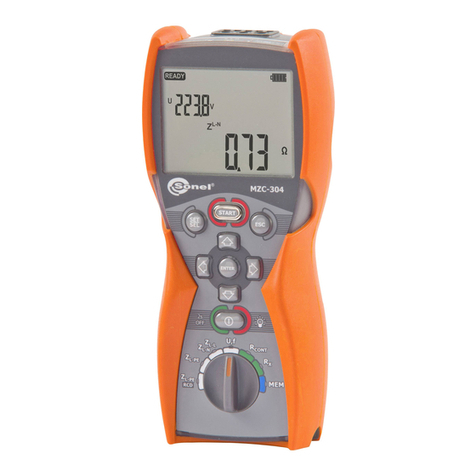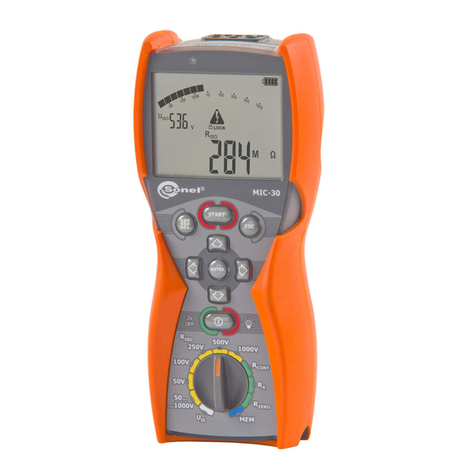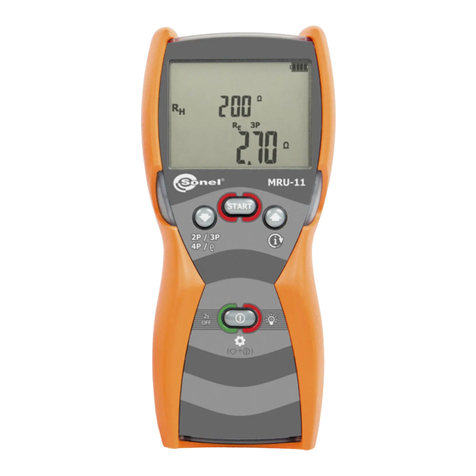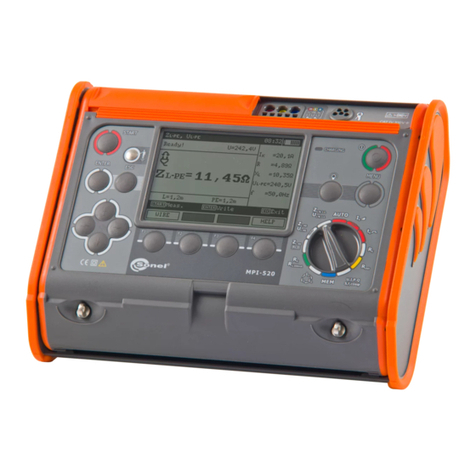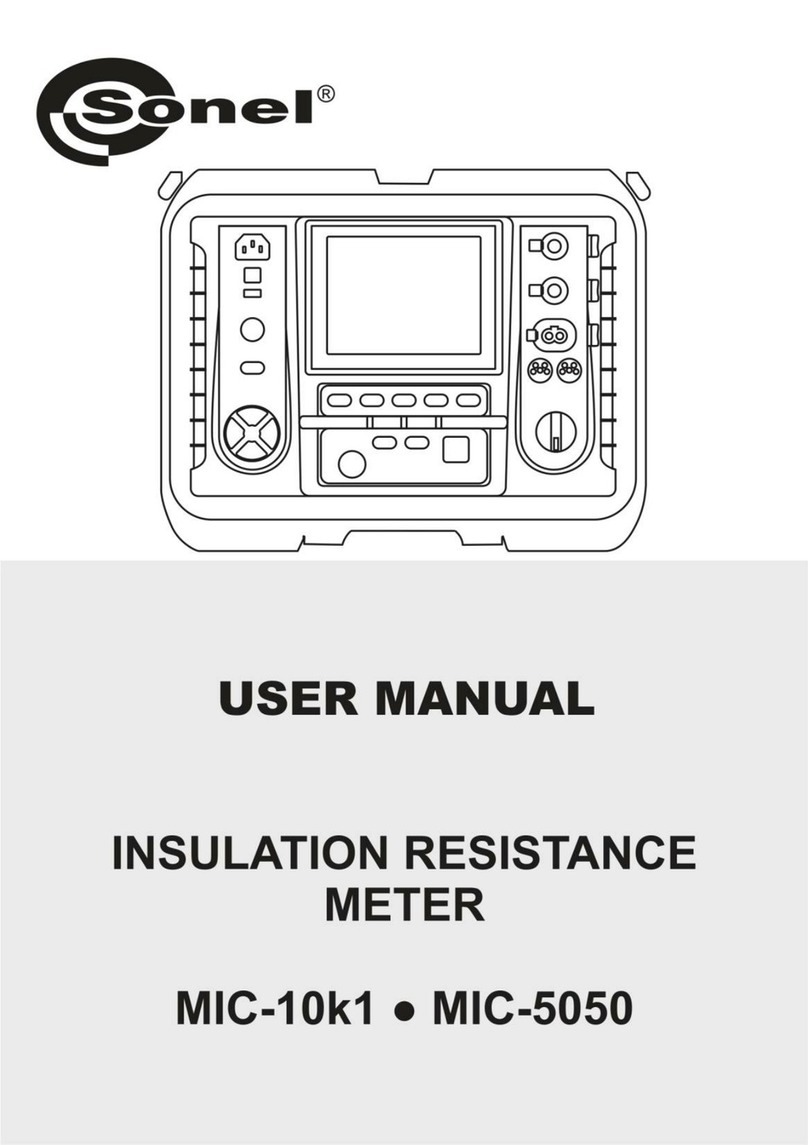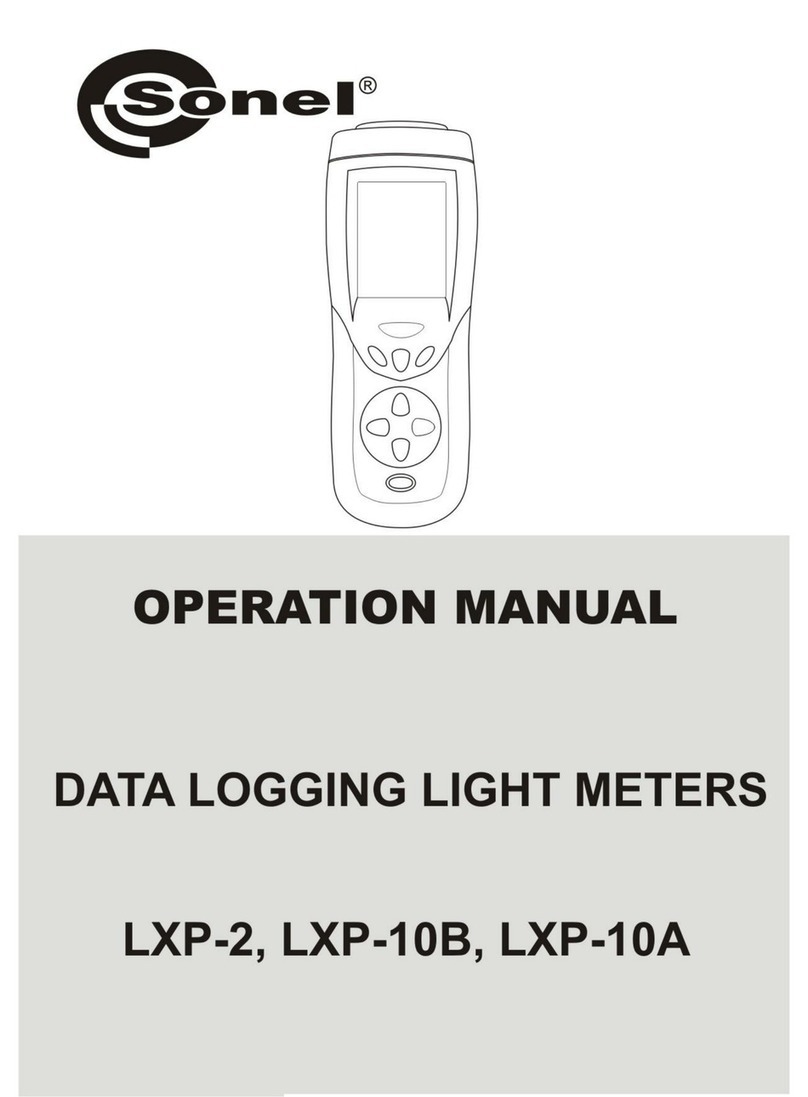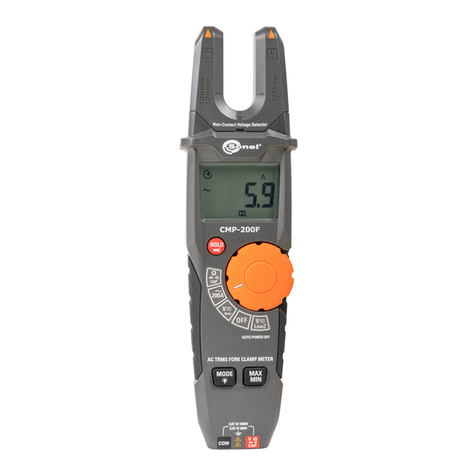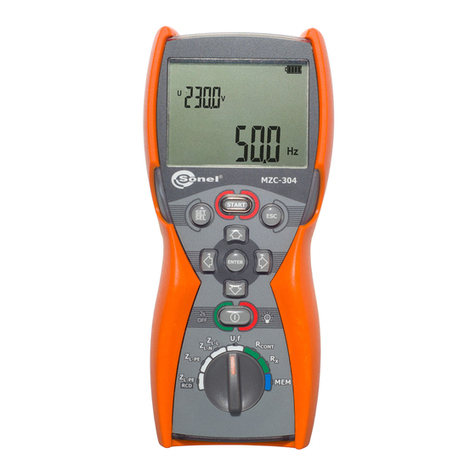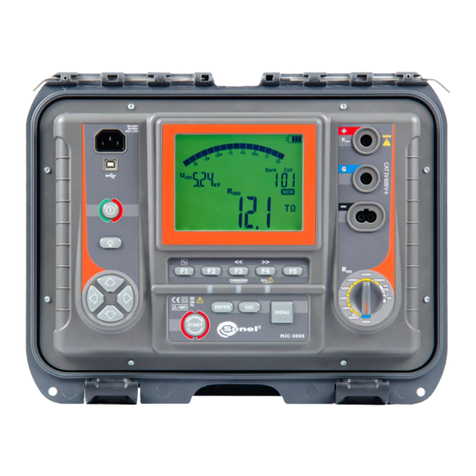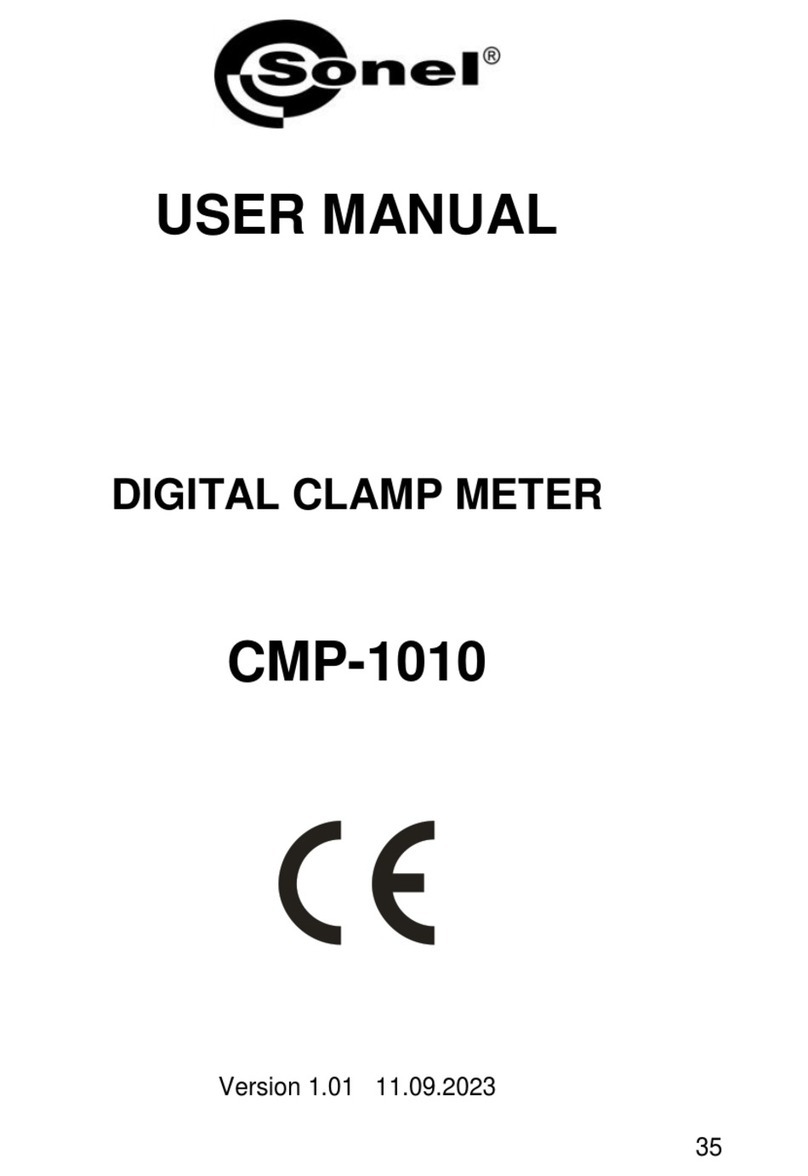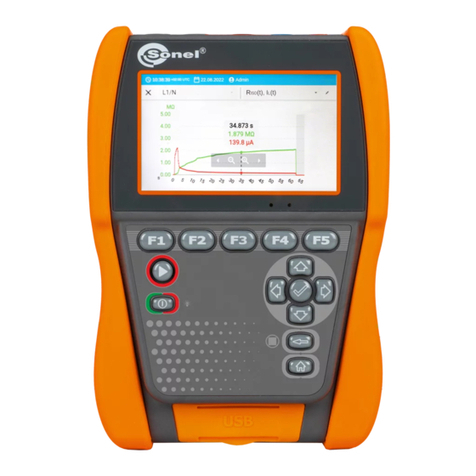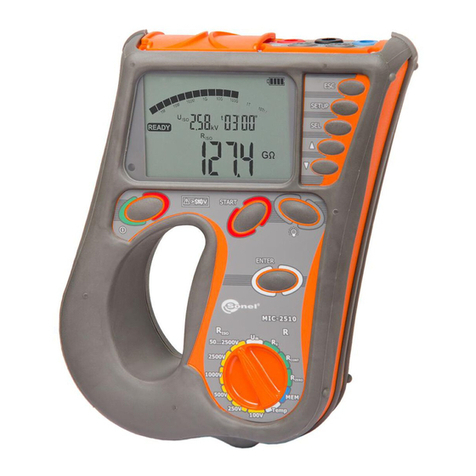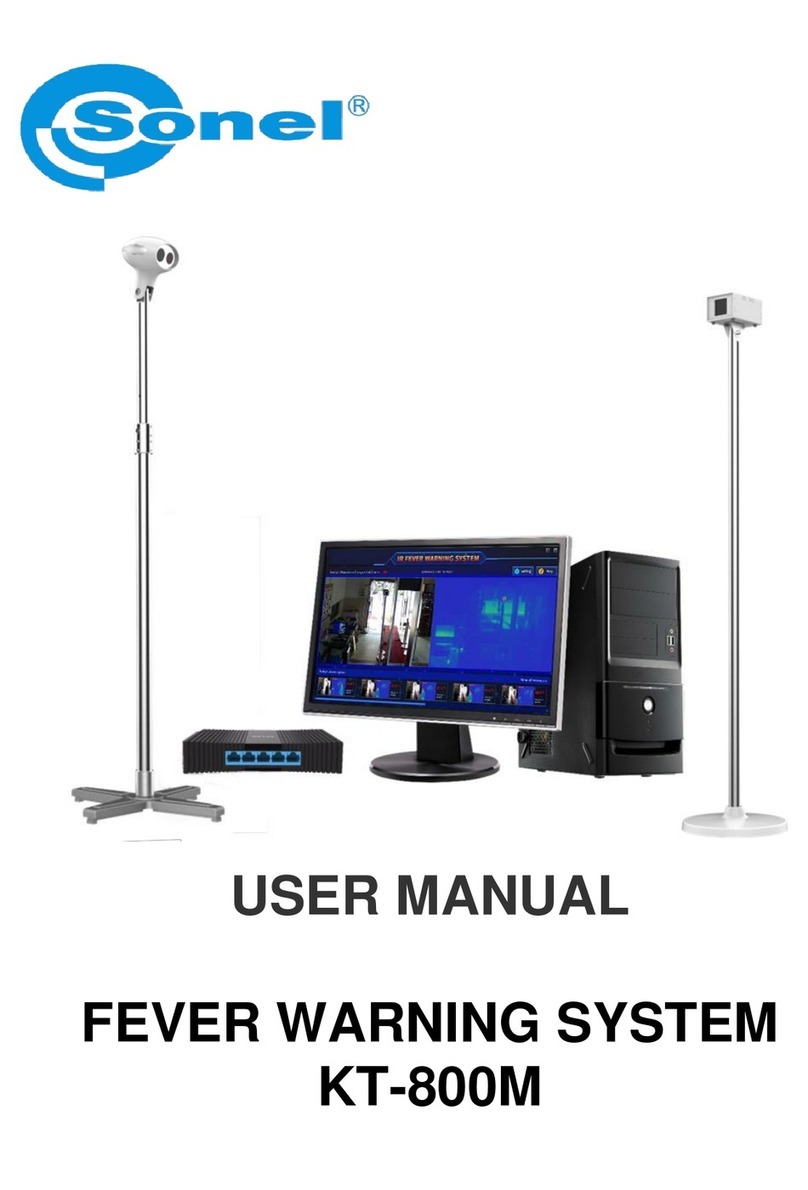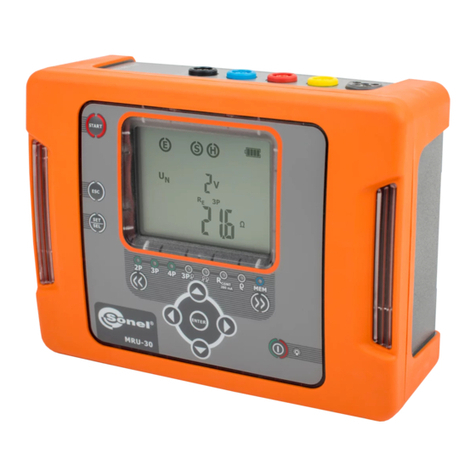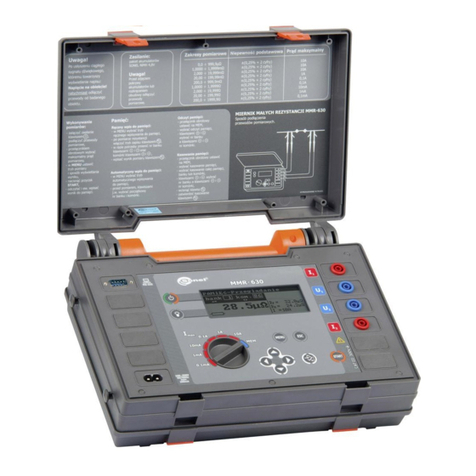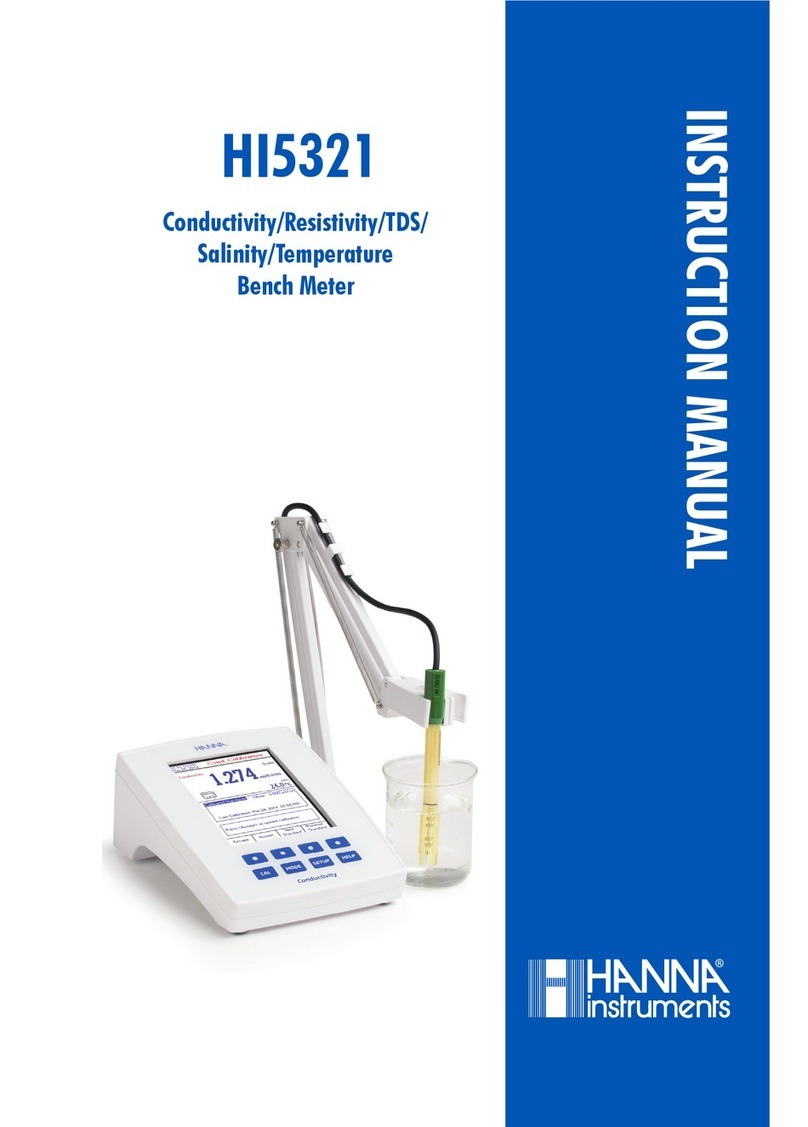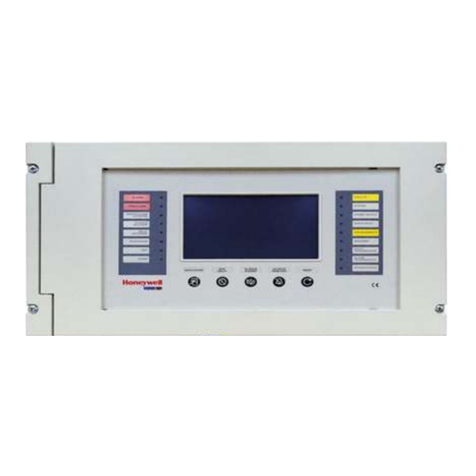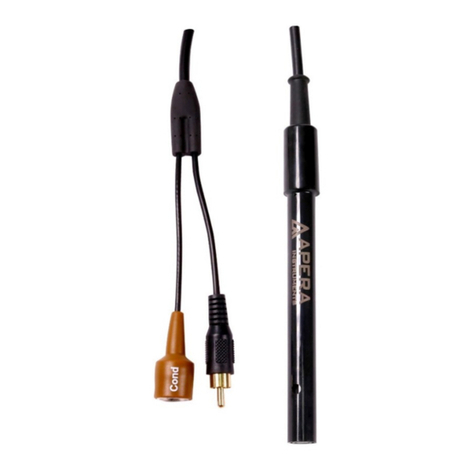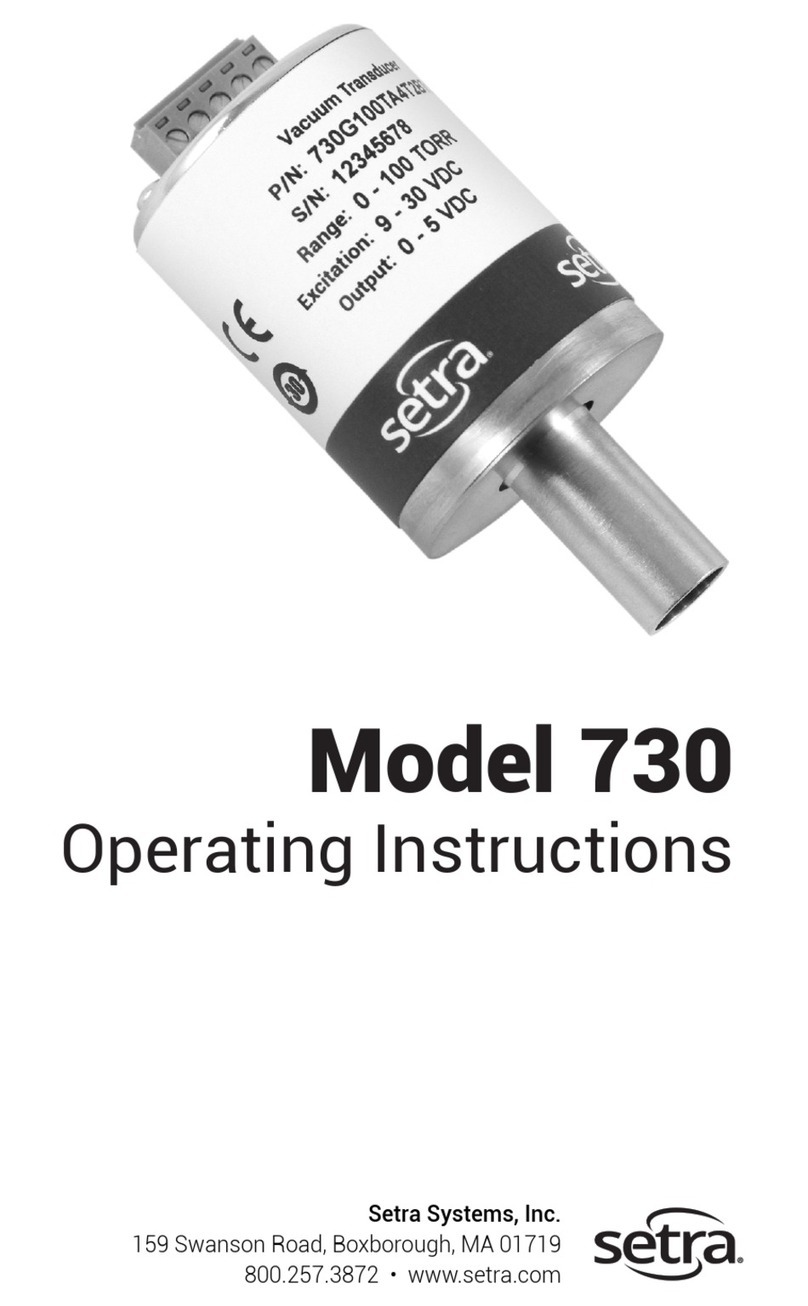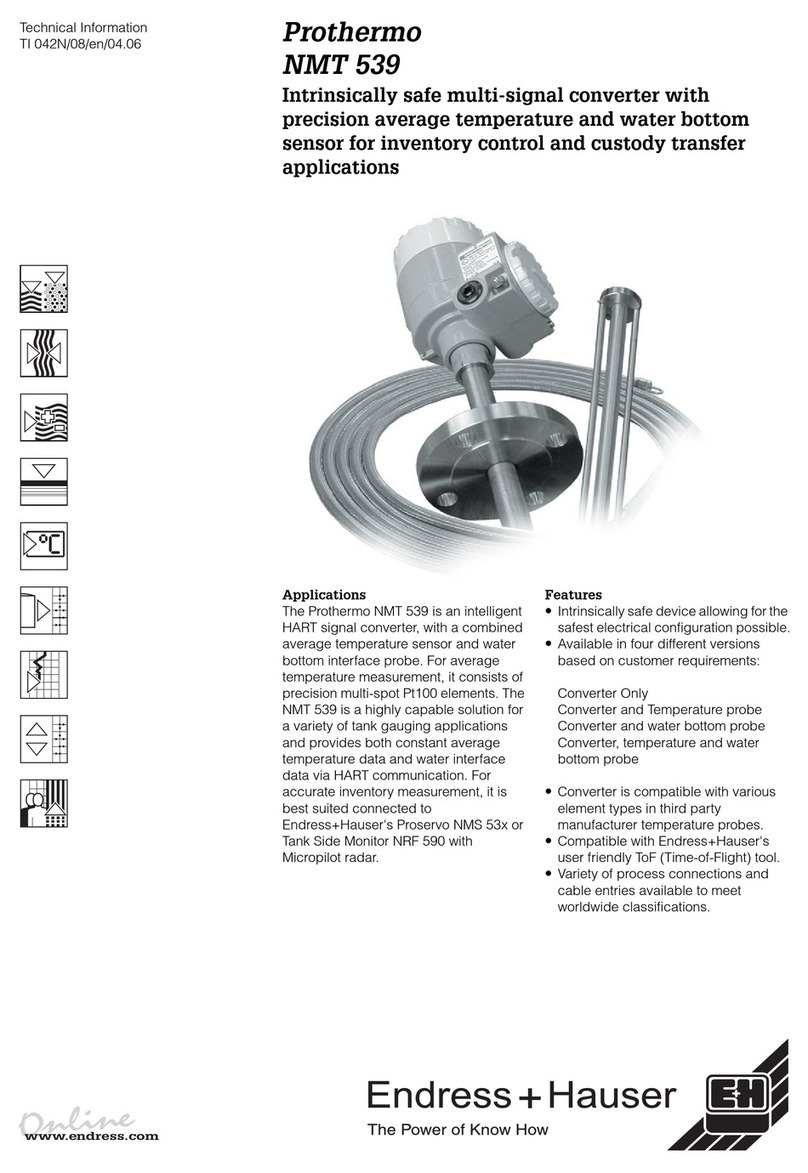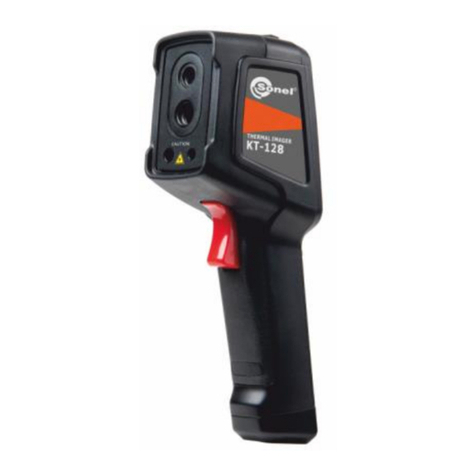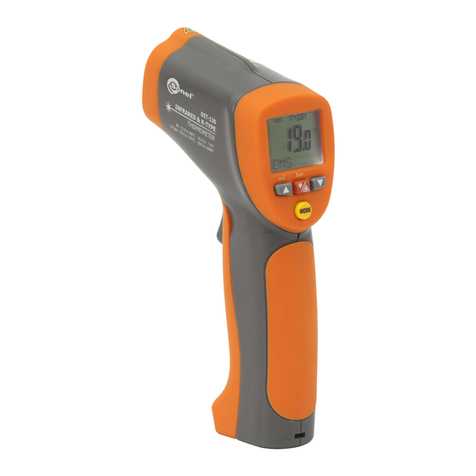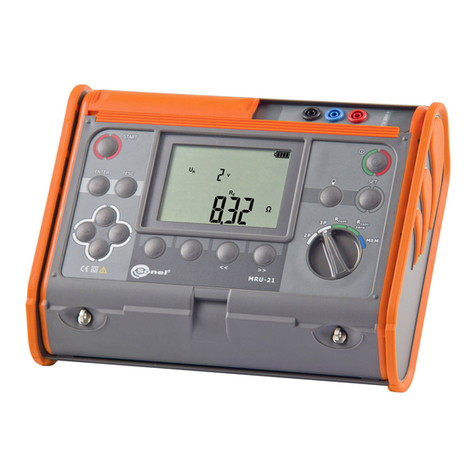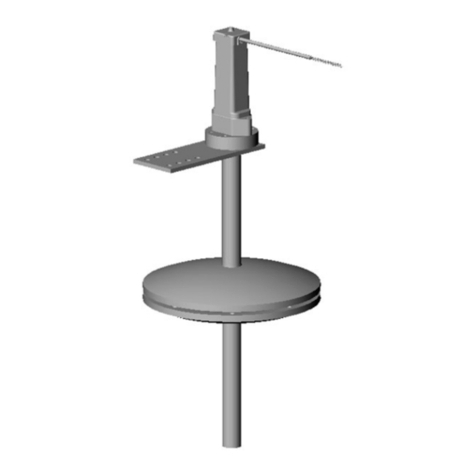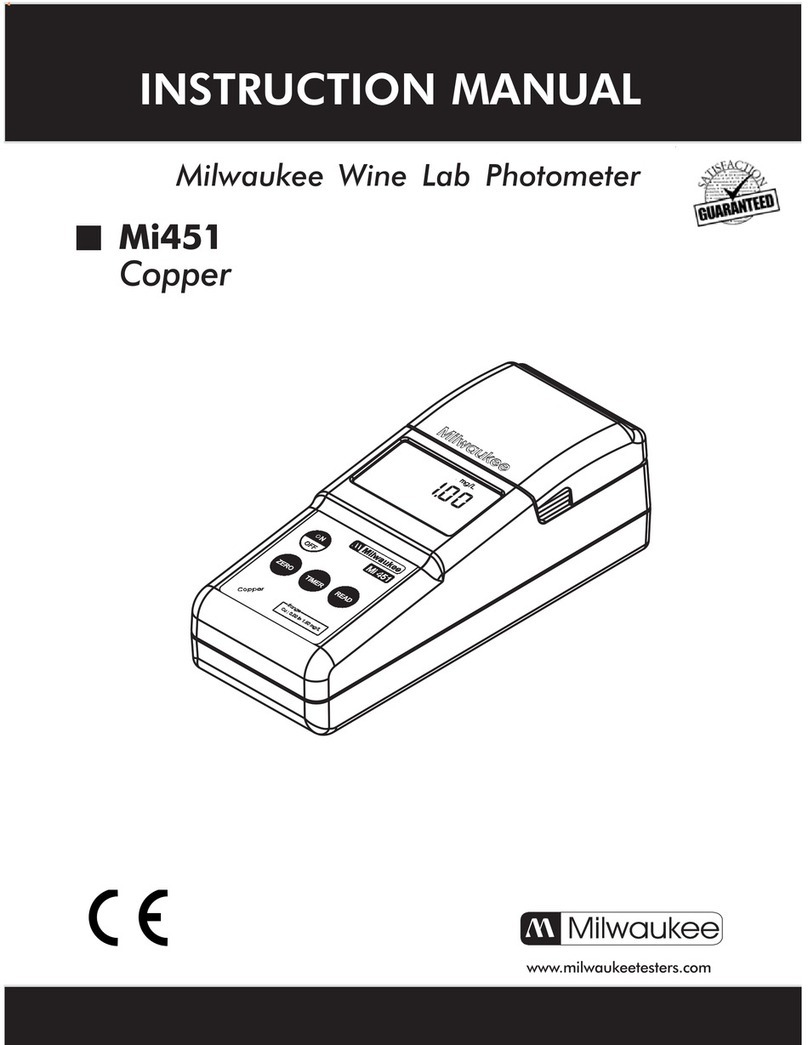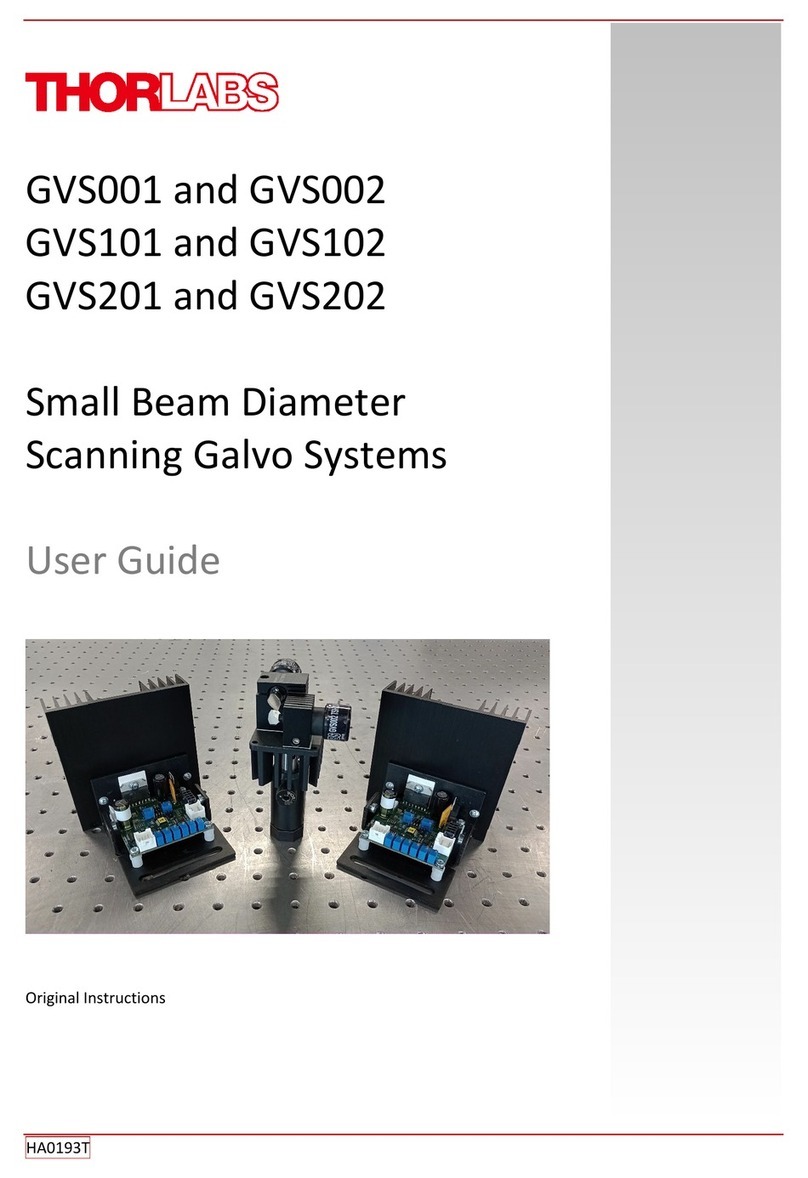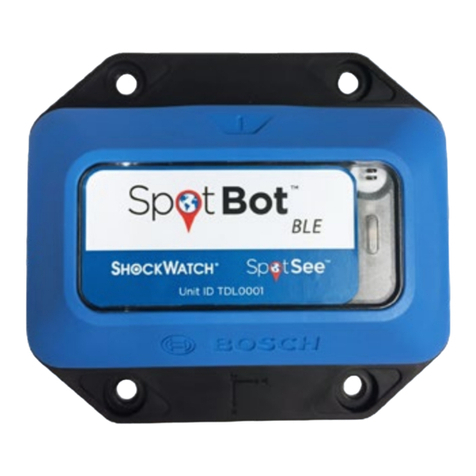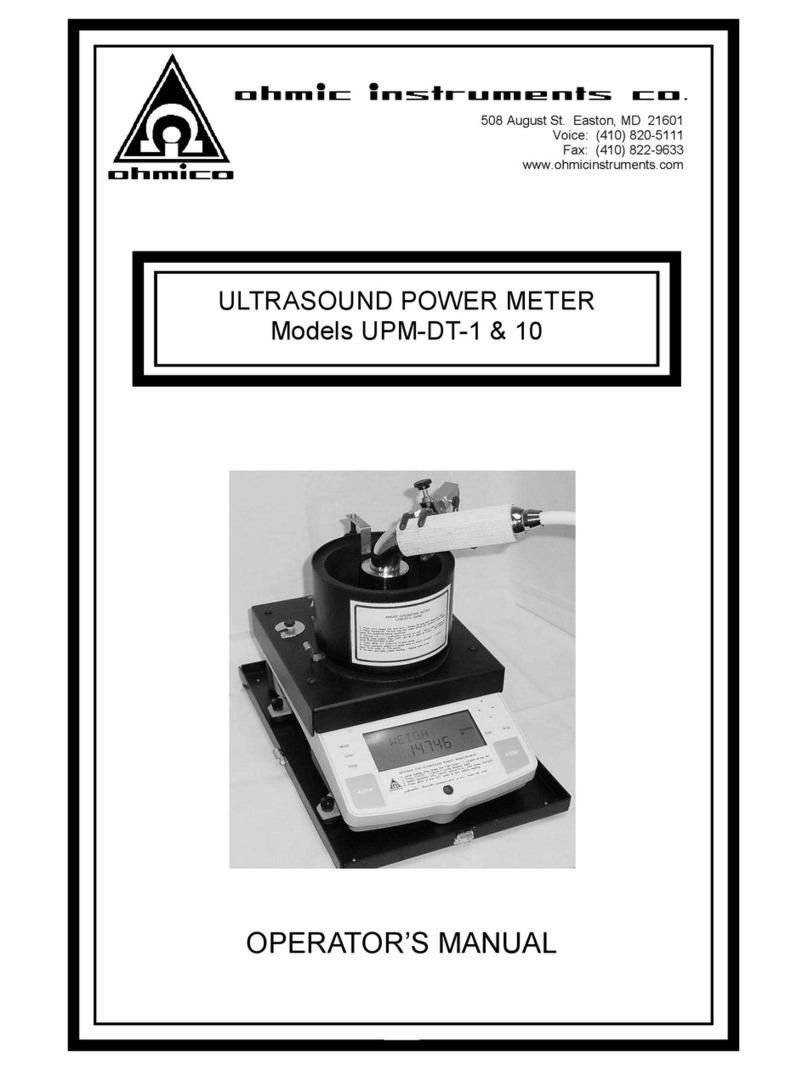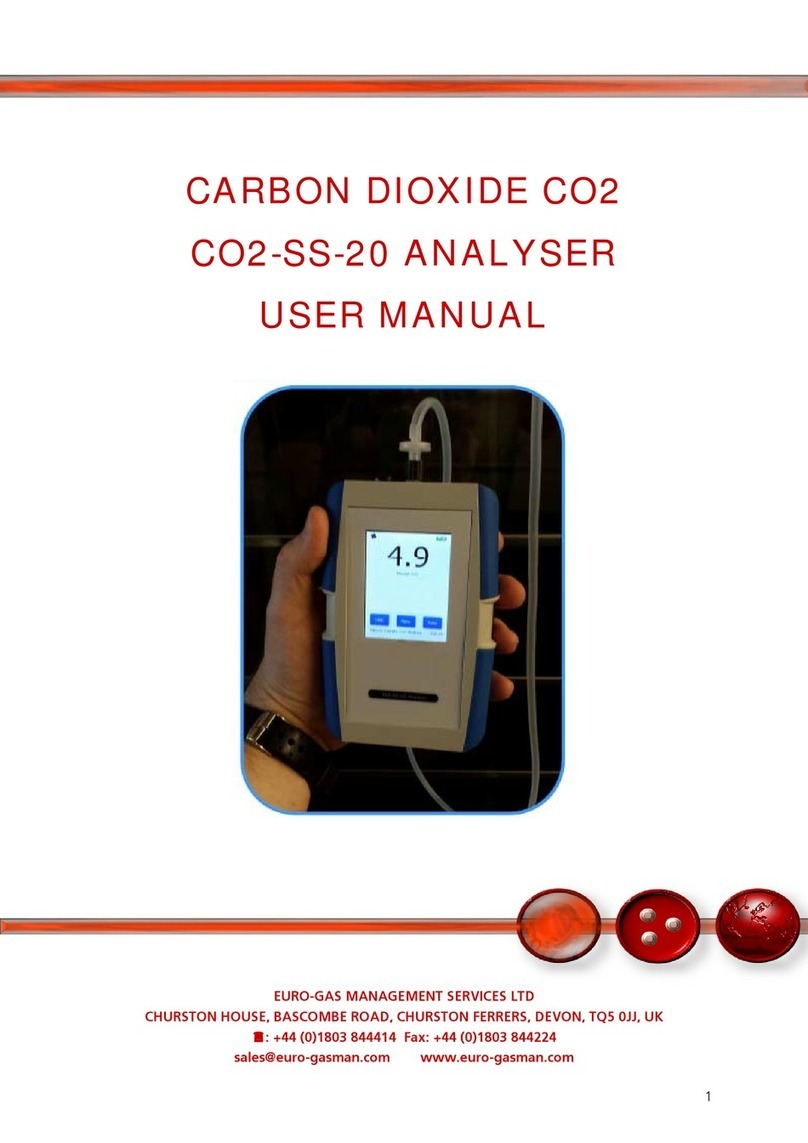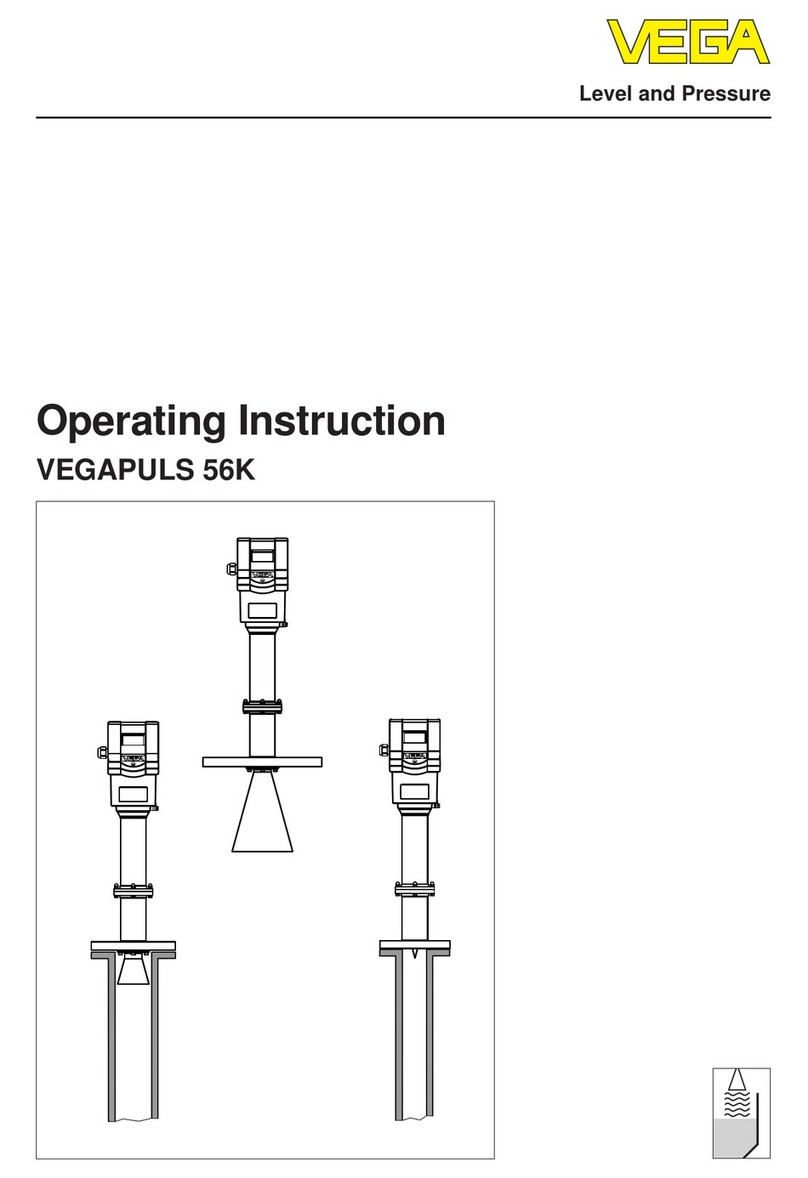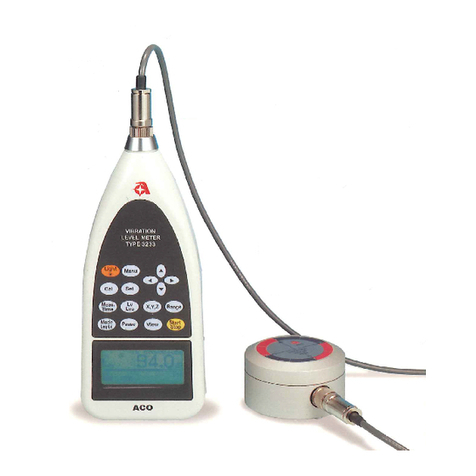TDR-420 – USER MANUAL 3
CONTENTS
1
Introduction .................................................................................................4
2
Safety ...........................................................................................................4
3
Principle of operation .................................................................................5
4
Functional Description ...............................................................................6
5
Settings........................................................................................................8
5.1
Unit of the propagation factor..............................................................................8
5.2
Length units ........................................................................................................8
5.3
Screen brightness ...............................................................................................9
5.4
Auto-Off...............................................................................................................9
5.5
Language ..........................................................................................................10
6
Reflectometric measurements.................................................................11
6.1
Setting the parameters for fault location ...........................................................11
6.2
Value of wave impedance (Z) ...........................................................................12
6.3
Propagation factor VoP,....................................................................................12
6.3.1
Determining the unknown value of VoP ................................................................... 13
6.3.2
Measurement range - RANGE ................................................................................. 13
6.3.3
Operating modes of the reflectometer ...................................................................... 13
a.
Mode of single fault location (ONCE) .................................................................... 14
b.
Mode of continuous fault location (CONT) ............................................................ 14
c.
Core identification mode (TONE) .......................................................................... 15
6.3.4
Selection of cursors (CUR) ...................................................................................... 15
6.3.5
GAIN........................................................................................................................ 16
6.3.6
Quick help................................................................................................................ 17
6.3.7
Measurement accuracy............................................................................................ 17
7
Connecting to the tested conductor .......................................................18
8
Power supply.............................................................................................19
8.1
Monitoring the power supply voltage.................................................................19
8.2
Replacing battery/rechargeable batteries .........................................................19
8.3
General principles regarding using Ni-MH rechargeable batteries ...................20
9
Cleaning and maintenance ......................................................................21
10
Storage.......................................................................................................21
11
Dismantling and Disposal ........................................................................21
12
Typical images of damaged cables.........................................................22
13
Typical values of VoP and impedance Z.................................................23
14
Technical data ...........................................................................................25
15
Accessories...............................................................................................26
16
Manufacturer .............................................................................................26
17
Laboratory services..................................................................................27




















